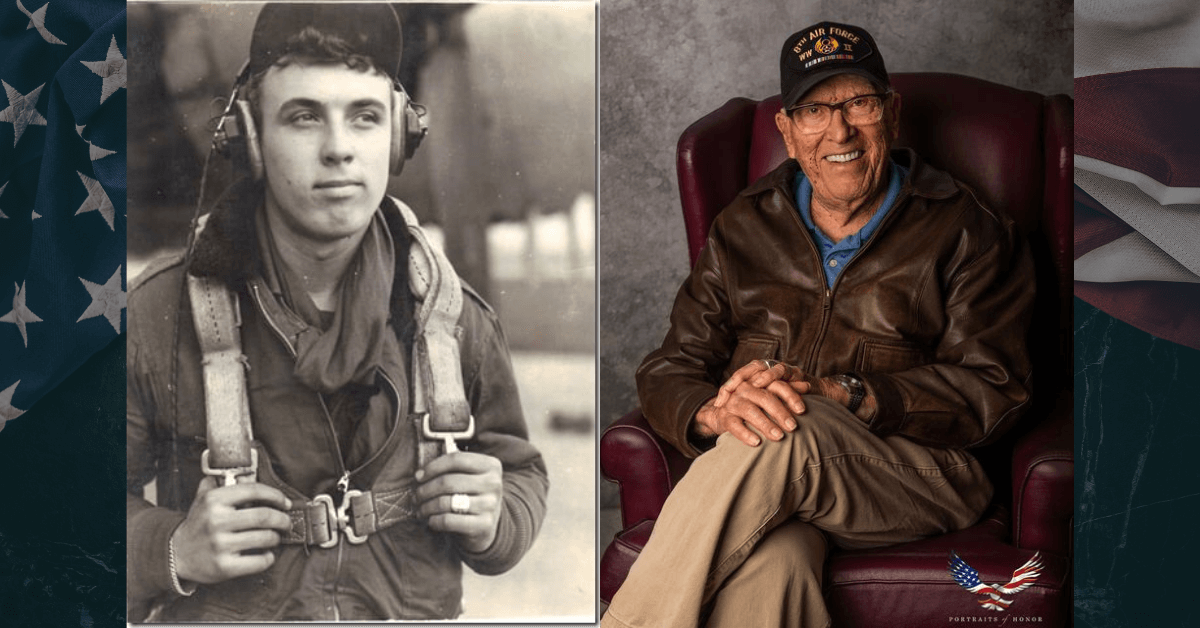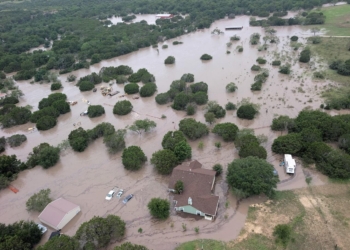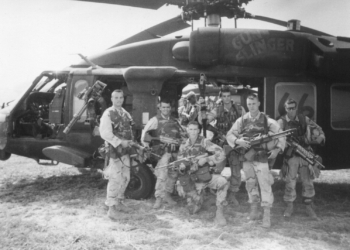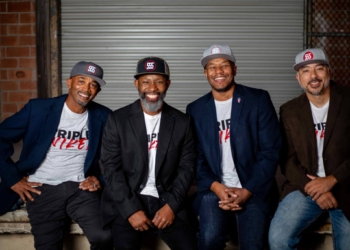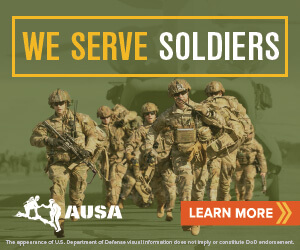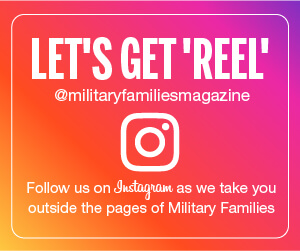A centenarian is sharing the tales of the “Mighty Eighth” through the eyes of a teenage radio gunner’s experiences.
Retired Tech. Sgt. James Lee Hutchinson celebrated his 100th birthday on June 12, and with this milestone, the Army Air Forces (AAF) veteran is reflecting on his life missions — past and present. From combat operations and food drops in World War II to raising a family in Bedford, Indiana, Hutchinson has accomplished many missions throughout his lifetime. It was in writing, though, that he discovered his final mission in the early 2000s. After he was urged to share his military experience using his wartime diary entries, he charged himself to not only tell his story but also listen to and collect other veterans’ memories.
“My goal is to tell people and preserve stories about World War II,” Hutchinson said. On the weekends, the published author sells his books outside of the local Walmart, dutifully honoring the lives of World War II soldiers in remembrance.
‘Teenagers won the war’
Though the American draft initially called on men aged 21 to 35, the war effort needed more soldiers. In a move that altered Hutchinson’s life forever, Congress expanded the ages in November 1942 to include 18- to 37-year-olds. Hutchinson received his draft notice the day after his 18th birthday in 1943; the fateful letter forced him to drop out of high school — one semester short of graduation — to go to war.
“An 18-year-old was not an adult … we couldn’t drink a beer, we were considered ‘children’ until we were 21. But suddenly they needed us badly. I always say the teenagers won the war because when they dropped the age down to 18, they picked so many more people who could fight,” he said wryly.
Wanting to fly instead of foot march, he first tried to go through the Air Cadet Program but wasn’t selected. However, he still got his Air Cadet ring, which he wears to this day.
“Once they washed me out, I said, ‘Well, my Air Cadet ring is now my lucky ring.’ And I went through missions with my lucky ring,” he recalled. “Then when I came home and decided to get married, we were very, very poor, so my wife said, ‘You wear that ring — that’s your wedding ring.’ That ring has been on my hand since I was 18.”
Becoming a ‘radio man’
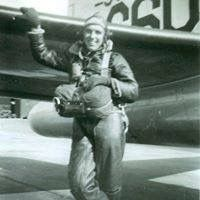
Though cut short, Hutchinson’s education still shaped his future. Because of a high school radio class, he knew the basics of Morse code and how to build a crystal radio. Armed with this knowledge during the aptitude tests, he was selected to become “a radio man.” He was sent to radio school, delaying his deployment by several months compared to others in his class.
“By the time I got there, some of the boys I had trained with had either lost their lives or had finished their 25 missions and come home,” he said, referencing the “25 missions rule.”
With senior leaders well aware of combat fatigue and concerned about pushing soldiers too far, bomber crews would be sent home after completing 25 missions (a number that would later be increased). Unfortunately, this goal was not frequently met; only one-fourth of bomber crewmen survived 25 missions unscathed, according to the National Museum of the United States Air Force.
490th Bomb Group
Hutchinson and thousands of other soldiers boarded the RMS Queen Mary, known as the “Grey Ghost” and referred to as a “GI shuttle” because of its wartime passengers and ability to ferry an entire division. Hutchinson chuckled as he admitted to telling his grandchildren that the trip to England was his “last ocean cruise.”
“We ended up in the 490th Bomb Group at a little place called Eye, England,” he said.
The 490th Bombardment Group was based in Suffolk as part of the Eighth Air Force. Flying in a B-17 Flying Fortress, Hutchinson went on 20 missions — 18 of which were combat missions — before he was 20 years old.
“All of those missions were for one purpose, and that was to disarm Germany,” he said.
His last two missions, however, served a different purpose and proved to be the most impactful.
“[The Germans] asked for a ceasefire on May 1 for one reason: They allowed us to drop food to the starving people in Holland. Now, those people have never forgotten those missions; I flew two of them. … We were flying so low that you could see everybody on the ground, see their faces. Then [we could] see them cheering us and praying to us and thanking us and everything. … That was the best part of the war — the end of the war, the ceasefire … dropping the food,” recalled Hutchinson, adding that England continued the humanitarian missions.
These mission were known as Operations Chowhound (American forces) and Manna (British forces), and it is estimated that 10 tons of food were dropped to the starving Dutch people. According to the National World War II Museum, one recipient of the food would later become a household name: Audrey Hepburn.
After the war
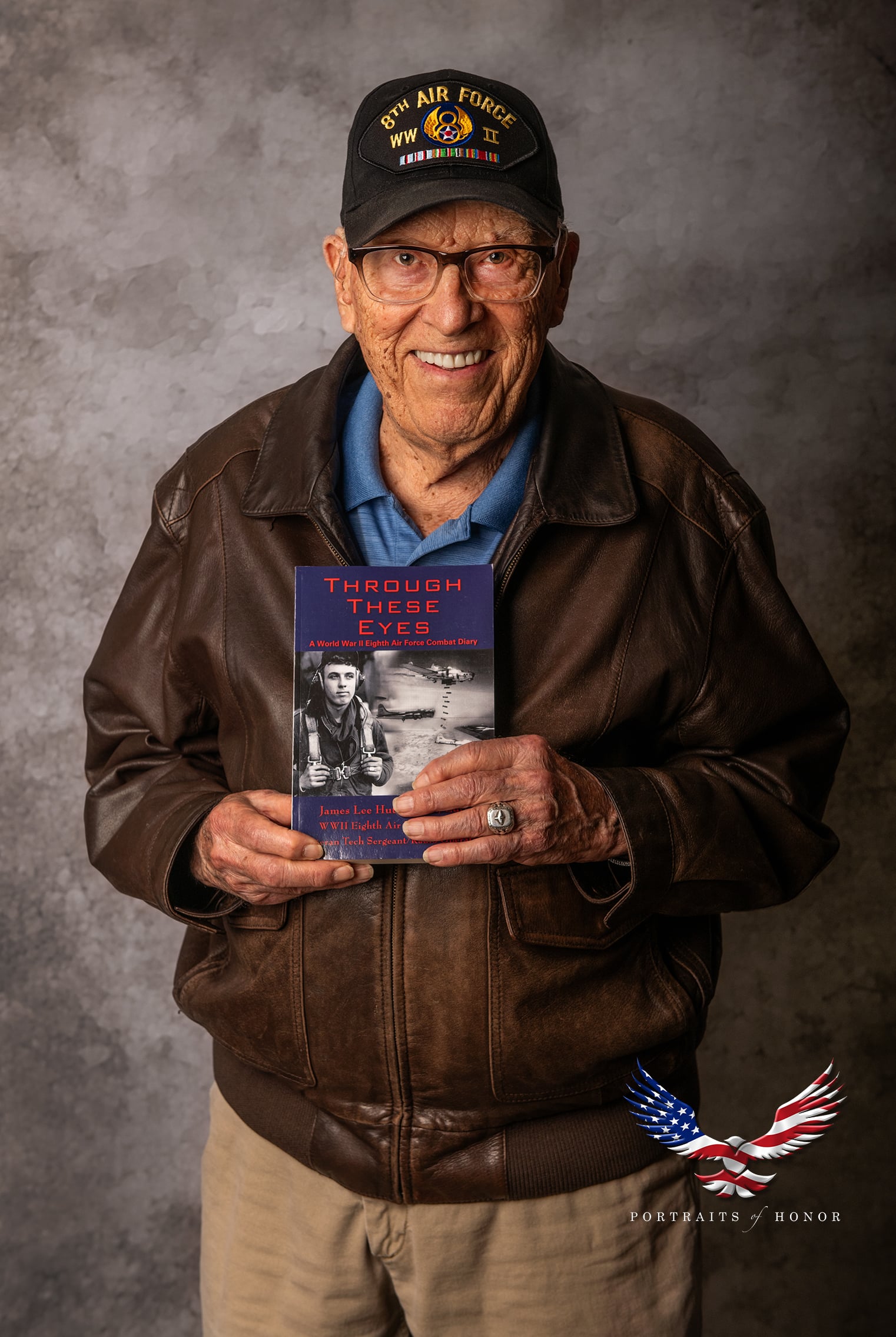
With the war over, Hutchinson was ready to settle into a quiet life in Indiana. While abroad, he learned that his high school had decided to graduate him. Two years of war and 18 combat missions seemed to be a fair exchange for the six credit hours he lacked, so his mother was invited to collect the diploma on his behalf.
With a high school diploma, the GI Bill and his lucky ring, the rest of his life was just beginning. Hutchinson joined the National Guard after coming home, married fellow educator Norma June and raised two daughters.
“When I came out of the service, I’d faced death 20 times. … I said, ‘Well, God got me through it, maybe my lucky ring got me through it, maybe my mother’s prayers got me through it.’ But my attitude had become that I didn’t want to be rich, I just wanted to be comfortable. So I chose teaching, and it worked perfectly — because I’ve never become rich!” he said, laughing.
After graduating from Indiana University, Hutchinson worked in the education system for 37 years as a teacher, elementary school principal and assistant superintendent in his hometown. When he retired, he became a published author, and his eight books are all available for purchase online at Barnes and Noble or Amazon.
Or you can pop over to the local Walmart in southern Indiana and meet the unassuming hero selling books in front of the store. Grab a chair and a cold beverage; he would love to tell you a tale.
Enter to win one of Hutchinson’s books! Social media giveaway going on now through August 25, 2025, so check out our Instagram and Facebook for details.
Read comments

